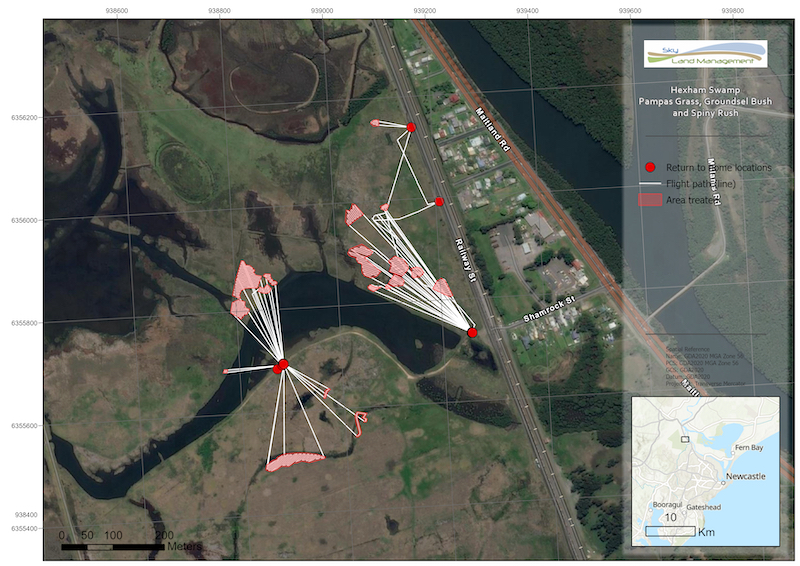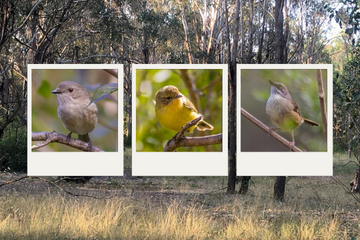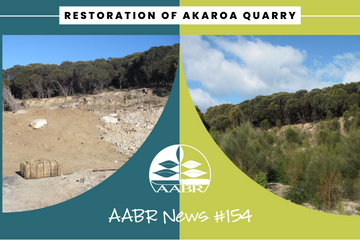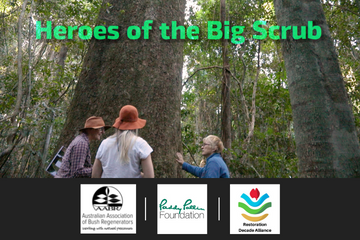An assisted regeneration approach was trialled in an exotic pasture grass-dominated clearing in a forested wetland site – where we might normally have expected planting to be needed.
Grazed clearings near remnant vegetation are usually spot sprayed or blanked sprayed prior to planting and mulching. In this case we trialled spraying about half a hectare of dense exotic Setaria grass cover – and burning it – to see if weed control and regeneration results could be improved. Three treatments were trialled: hot burn (achieved by spraying prior to the burn), cool burn (spraying only after the burn) and an unburnt area. A key treatment applied to all these was consistent, approximately monthly follow up weed treatments as is typical of any bush regen site. Eighteen (9m2) plots (six in each treatment) were laid out to record regeneration results.
Top of page left image: BurnArea1(sprayerd setaria ready for burn); Top of page right image: BurnArea4(3 months after fire and after follow up, virtually all native); Above left image: Coward’sBurn(Oct 2012); Above centre image: BurnArea2(immediately after fire); Above right image: BurnArea3Post fire response before first follow up spray (virtually all weed).
The burn was conducted in October 2012. The response to the treatments showed over 50% recovery of native herbaceous ground cover species in the hot burnt area after 5 months (particularly a range of native sedges, notably Cyperus polystachus), with the cooler burnt areas also containing valuable levels of natives, although of more common species. Only about 25% cover of a more common suite of natives was achieved in the same period in the cool burn area. Weed was noticeably reducing in the hot burnt area, but not the cool burnt area.
Perhaps the most surprising result, however, has been recruitment of the site (particularly the hot burnt site) with scores of individuals of four tree species, Melaleuca quinquenervia, Melaleuca alternifolia, Casuarina glauca, Callistemon salignus and Persoonia cornifolia) This was not expected at such an early stage in the recovery process because tree seed is not stored for long periods in the soil and mature specimens of these species (except for swamp oak) were not in the immediate vicinity. Contributing factors to the success are likely to be the creation of an ash bed followed by high wind storms, two of which occurred in the first three months after the burn and would have been capable of carrying fine seed of these species.
Acknowledgements
Site owners are JulieAnne and Murray Coward, supported by the NSW Nature Conservation Trust. EnviTE and Minyumai Green Team were the contractors undertaking the works.







Leave A Comment